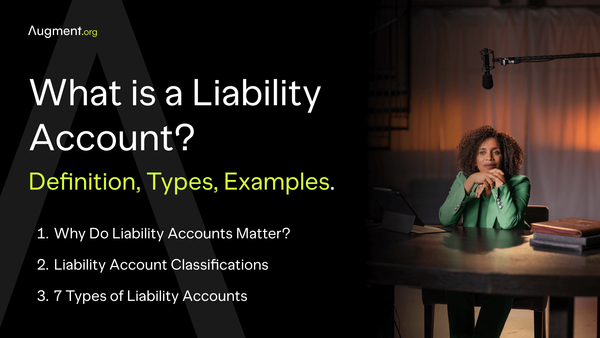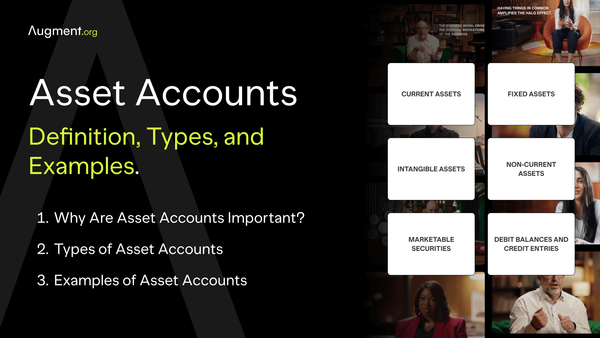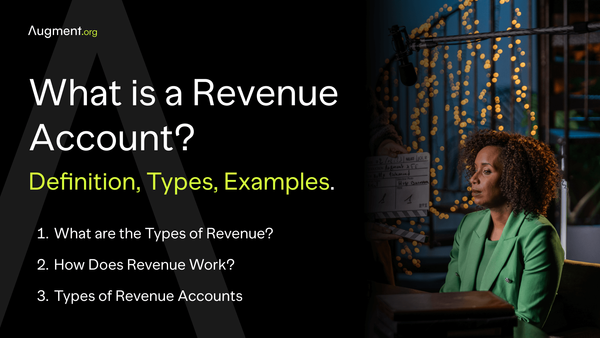What Is an Expense Account? Definition and Types
Navigating the complexities of expense accounts is crucial for efficient business management. These accounts are not just placeholders for business expenses; they play a pivotal role in balancing the books and tracking costs incurred during an accounting period.

What are Expenses?
Expenses are the costs that a business incurs during an accounting period to generate revenue. These can range from fixed costs like rent expense to variable expenses such as raw materials and direct labor. Every business, regardless of its size, has to deal with various types of expenses. These are essential for the company's core operations and contribute to the overall net profit by reducing the total revenue on the income statement.
Operating expenses, for instance, are costs associated with the day-to-day running of the business. This includes utility expenses, office supplies, and employee wages. On the other hand, non-operating expenses like interest payments or bank fees may not be directly tied to the core business activities but are still vital for financial management.
Businesses must also account for depreciation expense, which represents the reduction in value of assets over time. Accurately tracking and managing these expenses is crucial, as it directly affects the business's financial health and the accuracy of its income statement. Therefore, understanding expenses and how they are recorded and managed is foundational for any business owner and forms the basis for more detailed financial discussions and analyses.
What are Business Expenses Categories?
Business expenses are not a one-size-fits-all matter. They are divided into various categories, each reflecting a different aspect of a business's financial activities. These categories help in organizing expenses for better financial tracking and management. Here's a brief look at some common expense categories:
- Operating Expenses: These are the costs related to the primary activities of the business. This includes expenses like rent, utility bills, salaries of employees, and cost of goods sold. Operating expenses are essential for the day-to-day running of a business.
- Non-Operating Expenses: Expenses that are not directly tied to the core business activities fall under this category. Examples include interest payments on loans, insurance payments, and bank fees. Though not part of the core operations, they are still crucial for the overall financial health of the business.
- Fixed and Variable Costs: Fixed costs remain constant regardless of the business's performance, like rent and insurance. Variable costs, on the other hand, fluctuate based on the business’s activity level, such as raw materials and direct labor costs.
- Capital Expenses: These are costs incurred in acquiring or upgrading physical assets like machinery or property. This category often involves significant one-time expenses that can benefit the business over a longer period.
- Deductible and Non-Deductible Expenses: From a tax perspective, some expenses can be deducted from the business income, like operating costs and salaries. However, certain expenses, often categorized as entertainment or personal expenses, are not deductible.
Understanding these categories is essential for proper accounting and financial planning. It helps businesses not only in managing their expenses efficiently but also in preparing accurate financial statements and tax returns. This categorization also aids in identifying areas where costs can be cut down or investments can be increased for better financial outcomes.
What is an Expense Account?
An expense account is a specific type of account used in accounting to track the money spent by a business during a given accounting period. These accounts are fundamental components of a company's chart of accounts and play a critical role in the double-entry bookkeeping system.
- Purpose: The primary purpose of an expense account is to record all costs and expenses incurred by a business. This includes everything from rent, utility expense, cost of goods sold, to advertising expense. Each type of expense has its own account to ensure accurate tracking and reporting.
- Recording Expenses: In double-entry bookkeeping, every expense recorded in an expense account corresponds with a credit entry in another account, like a cash account or liability account. This method ensures the accounting equation remains balanced.
- Impact on Financial Statements: Expenses recorded in these accounts directly affect the income statement of the business. They are subtracted from the company's revenue to determine the net profit or loss for the fiscal year.
- Types of Expenses: Expense accounts can include both cash and non-cash expenses. Cash expenses involve the actual outflow of cash, like paying for office supplies or direct materials. Non-cash expenses, such as depreciation, represent the reduction in value of an asset over time but don't involve immediate cash outflow.
- Temporary Accounts: Typically, expense accounts are considered temporary accounts. This means they are closed and reset to zero at the end of each fiscal year. The balances are transferred to the income statement to calculate the net income or loss for that period.
Types of Expense Accounts
Expense accounts come in various forms, each designed to track specific types of costs in a business. Understanding these different accounts is crucial for accurate financial management and accounting. Here are some common types of expense accounts:
- Operating Expense Accounts: These accounts track expenses that are directly tied to the core business operations. This includes costs like salaries, rent, and utilities. Operating expenses are crucial for the day-to-day functioning of a business.
- Non-Operating Expense Accounts: Expenses that are not directly related to the primary activities of the business are recorded here. Examples include interest expense on borrowed money, and other expenses like bank fees or fines.
- Cost of Goods Sold (COGS) Accounts: This type is specifically for businesses that sell products. It records the direct costs associated with producing goods sold by the company, including raw materials and direct labor.
- Advertising and Marketing Expense Accounts: These accounts keep track of the money spent on promotional activities. This is essential for businesses to generate revenues and attract customers.
- Travel and Entertainment Expense Accounts: Expenses incurred for business travel or client entertainment are recorded here. It's important for companies to monitor these expenses to ensure they are necessary and reasonable.
- Utilities and Rent Expense Accounts: These accounts are used to track ongoing expenses like electricity, water, and rent. They are typically fixed costs that a business needs to pay regularly.
- Depreciation Expense Accounts: For assets like machinery and vehicles, depreciation expense accounts track the decrease in their value over time.
- Interest Expense Accounts: These accounts are used to record the interest payments on any debts the company may have. It's a key part of managing the financial obligations of a business.
By categorizing expenses into these different accounts, businesses can more easily track where their money is going and how it's being spent. This helps in creating more accurate financial statements and assists in making informed financial decisions. Each type of expense account plays a role in painting a complete picture of the company's financial health.



